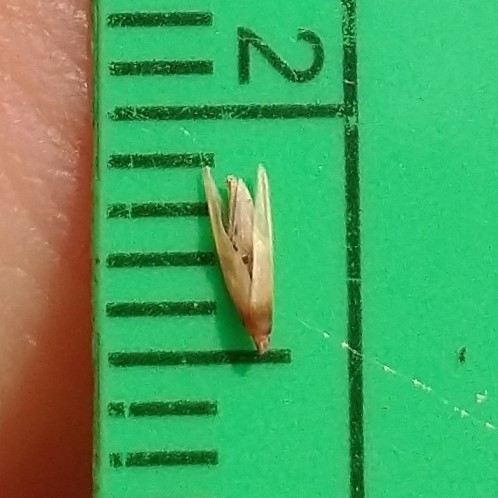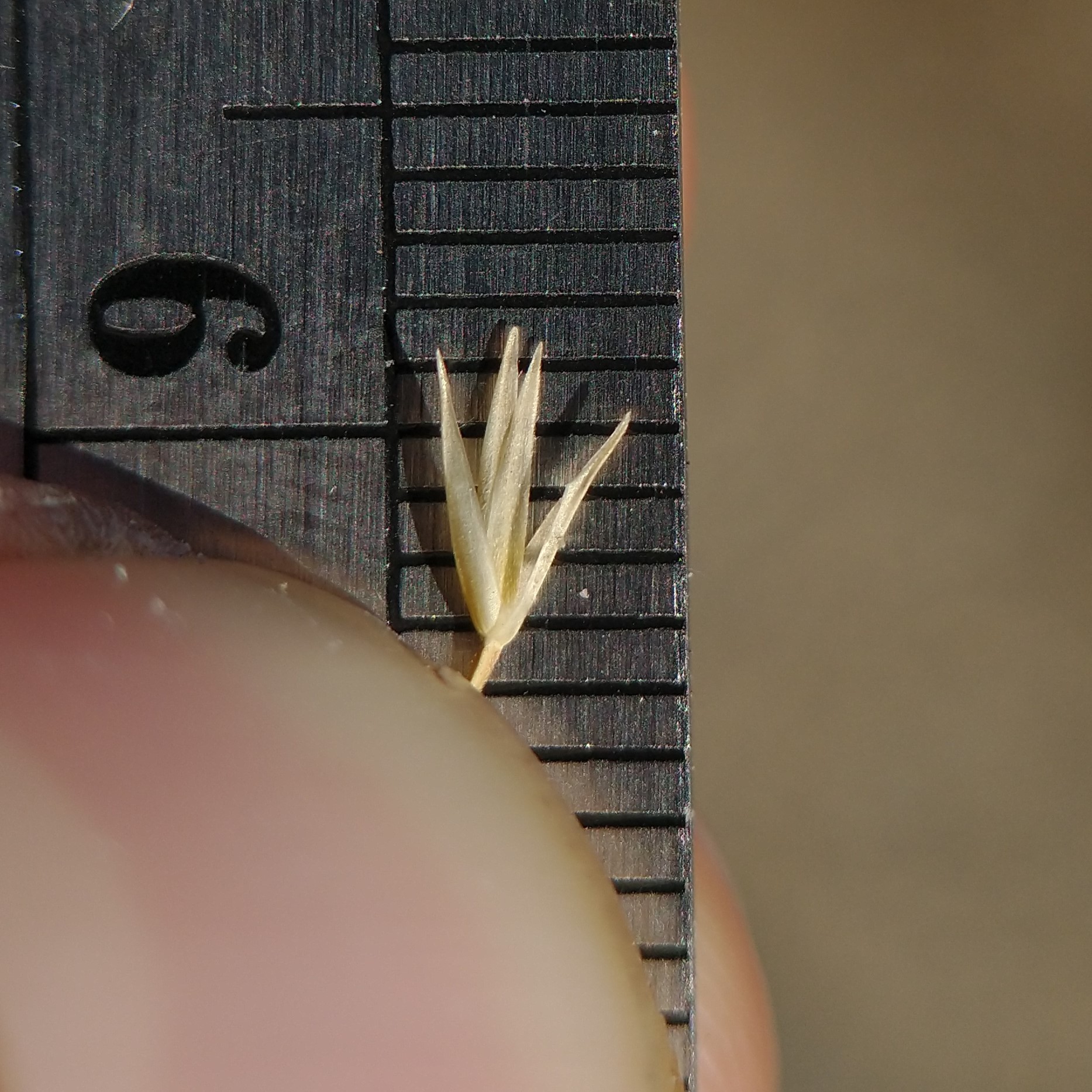One of the things that got me into botany was interest in plants that are overlooked by the majority of people. When I started volunteering at the Cook County Forest Preserves in 2019, one of the volunteers, a young botanist named Derek Ziomber, showed me a violet that looked just like any other violet I had seen. But he pointed out that this was not a common blue violet (Viola sororia) but a marsh blue violet (Viola cucullata). The difference was subtle – the latter has shorter beard hairs with a club-like tip, and there are some differences in sepal shape and overall hairiness. This made me realize that there were probably interesting, unusual plants all around that nobody knew about because nobody took the time to examine them closely.
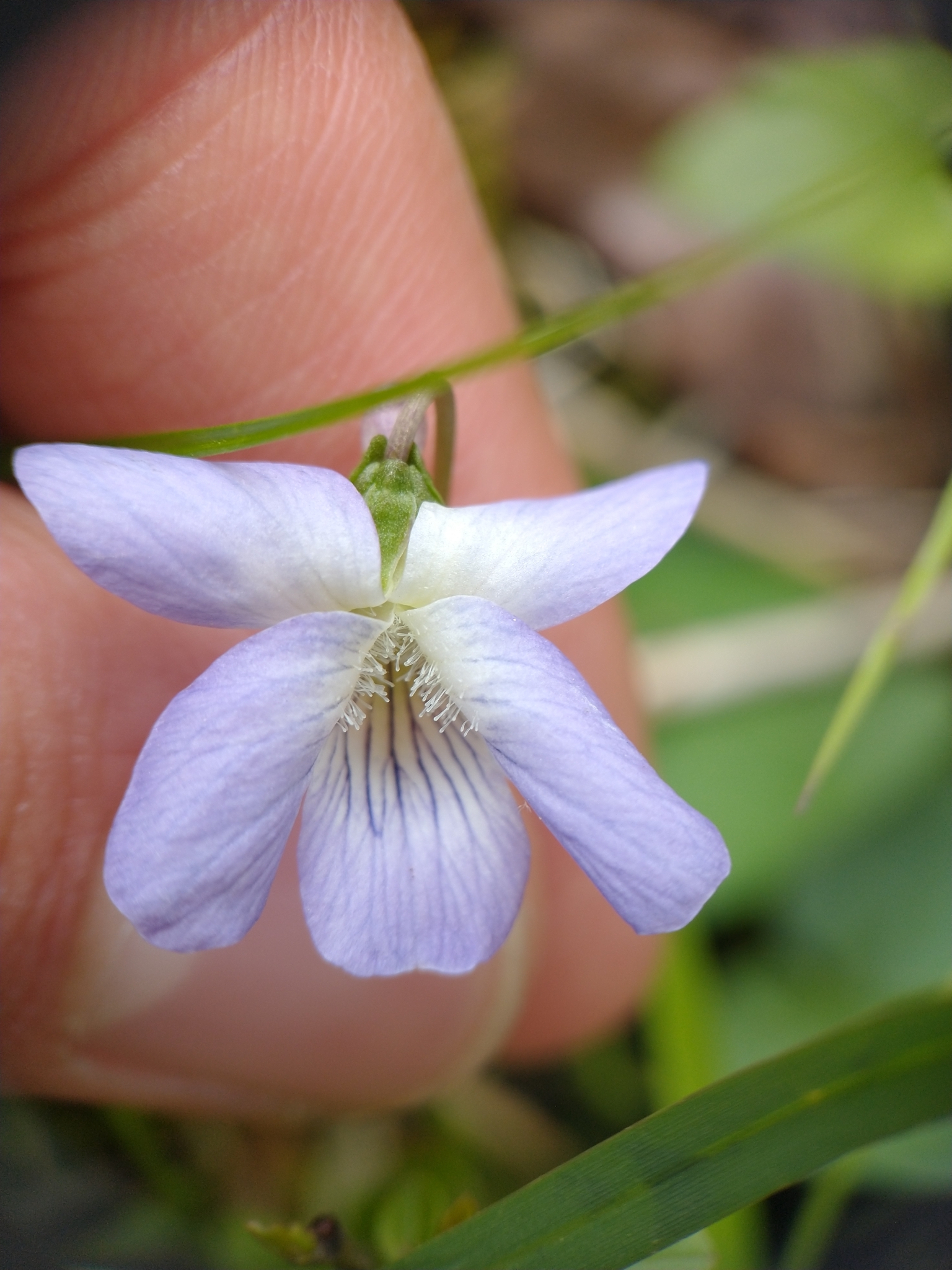
Ever since then, I have been an advocate for the overlooked and underappreciated plants. In restoration, people tend to focus seed collection on the most abundant and apparent plants. In the prairie, this would include species like Eryngium yuccifolium, Coreopsis tripteris, Silphium laciniatum, Lespedeza capitata, and Liatris spicata. While these species are all important “workhorse” species that are necessary to provide structure and compete with invasive vegetation, if they are the only thing that is collected and seeded, your restorations will never look like remnants. There are many other species that aren’t as showy or glorious that nonetheless make up an important part of the ecosystem.
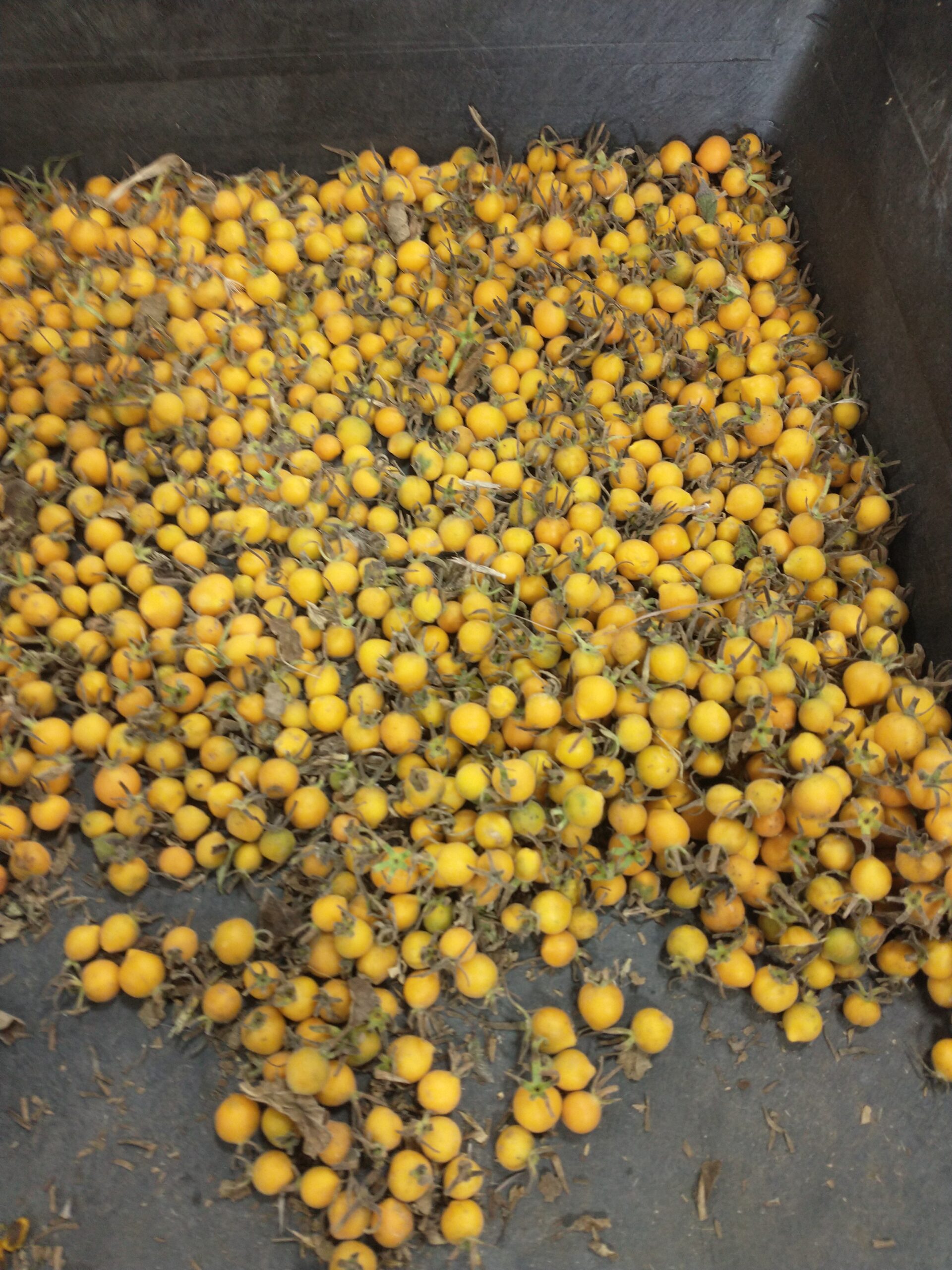
Throughout my time at Midewin, I have tried to show some love to the overlooked plants. Something like Monarda fistulosa can easily be purchased from a commercial seed company relatively cheaply, but many of the less common species cannot. My fellow interns and I have collected species like Aristida oligantha, Alisma subcordatum, Ammania robusta, Coleataenia rigidula, Dichanthelium implicatum, Dichanthelium leibergii, Scutellaria lateriflora, Eleocharis erythropoda, Galium obtusum, Juncus torreyi, Juncus articulatus, Ludwigia polycarpa, Lycopus americanus, Muhlenbergia cuspidata, Triosteum perfoliatum, and others.
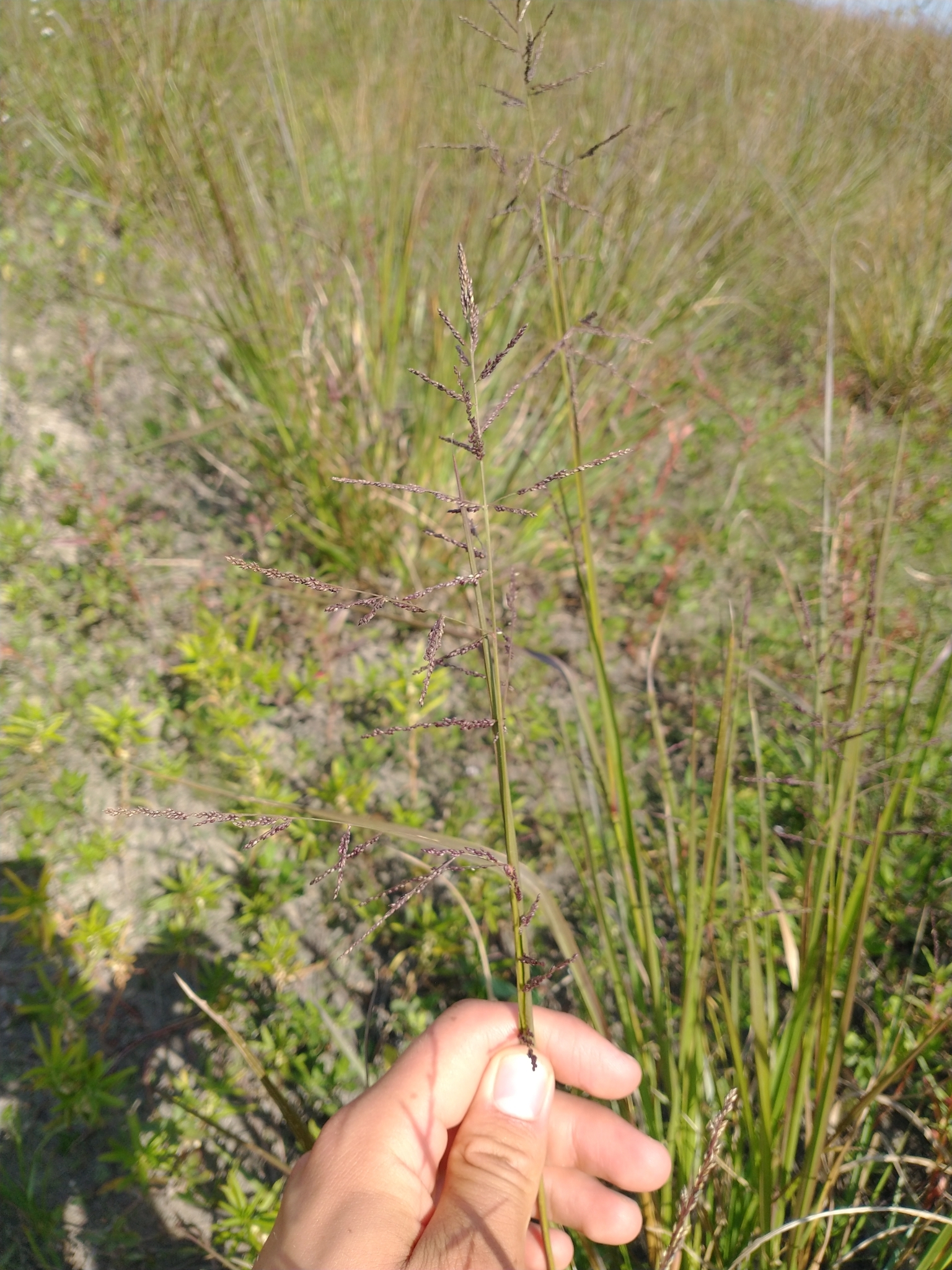
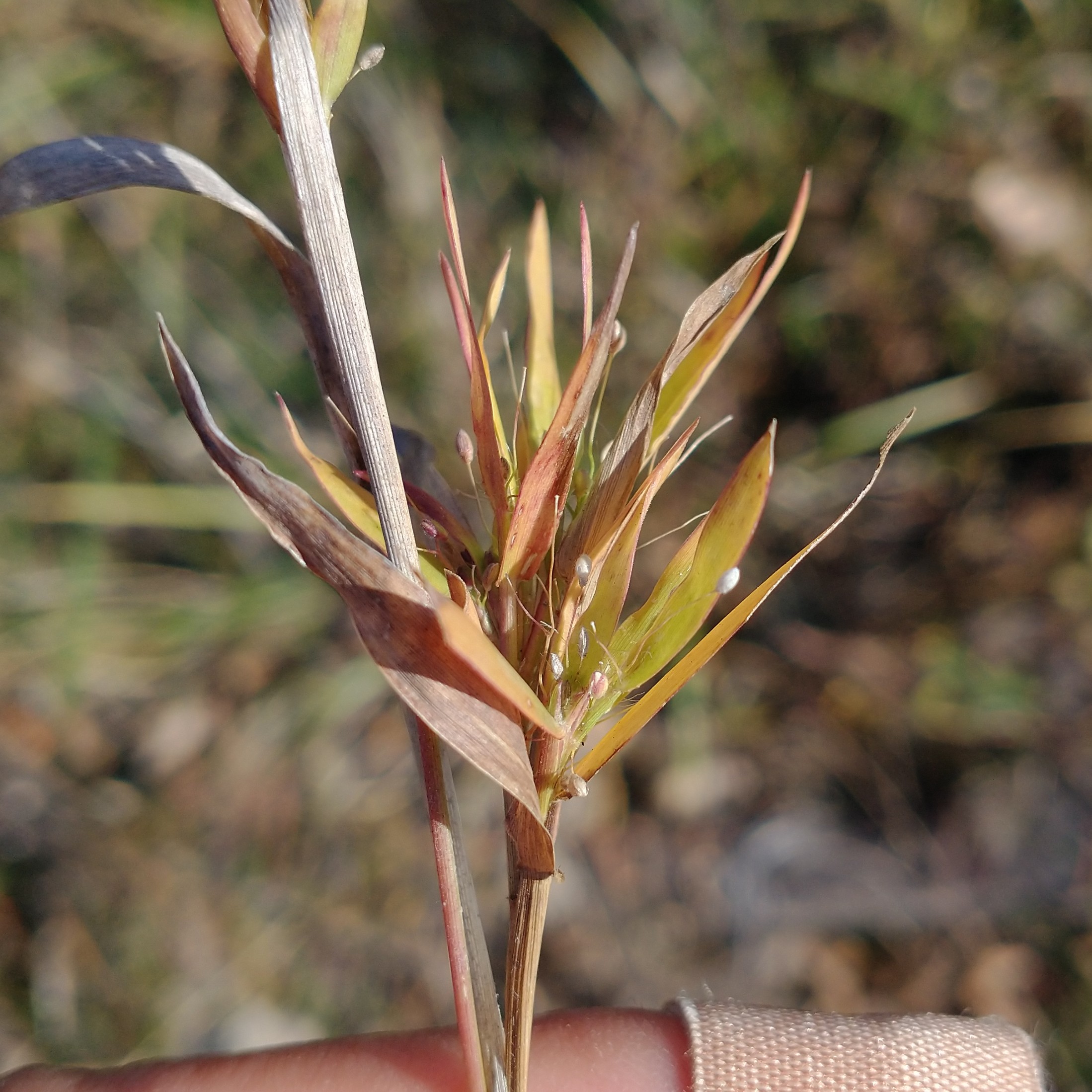
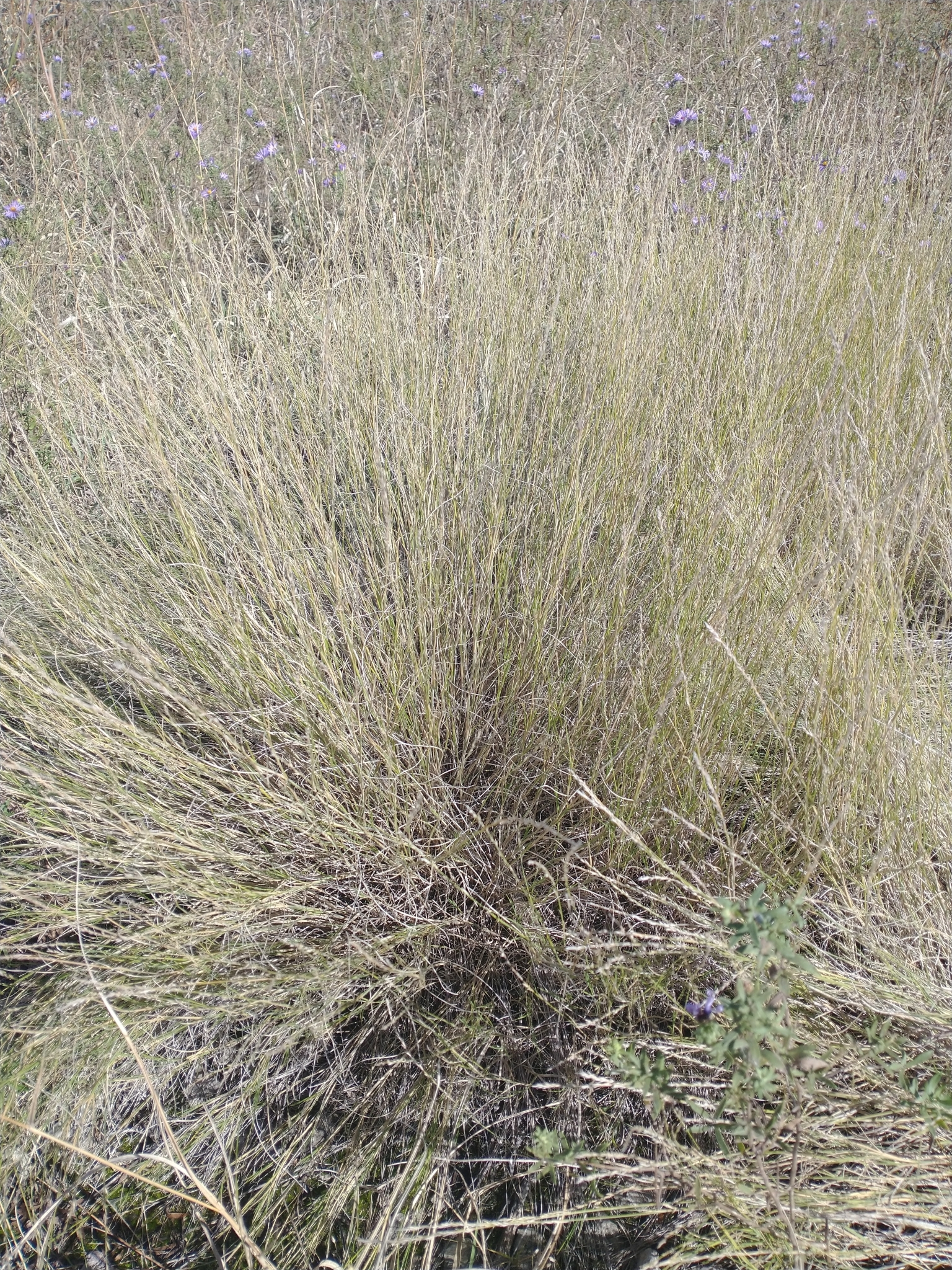
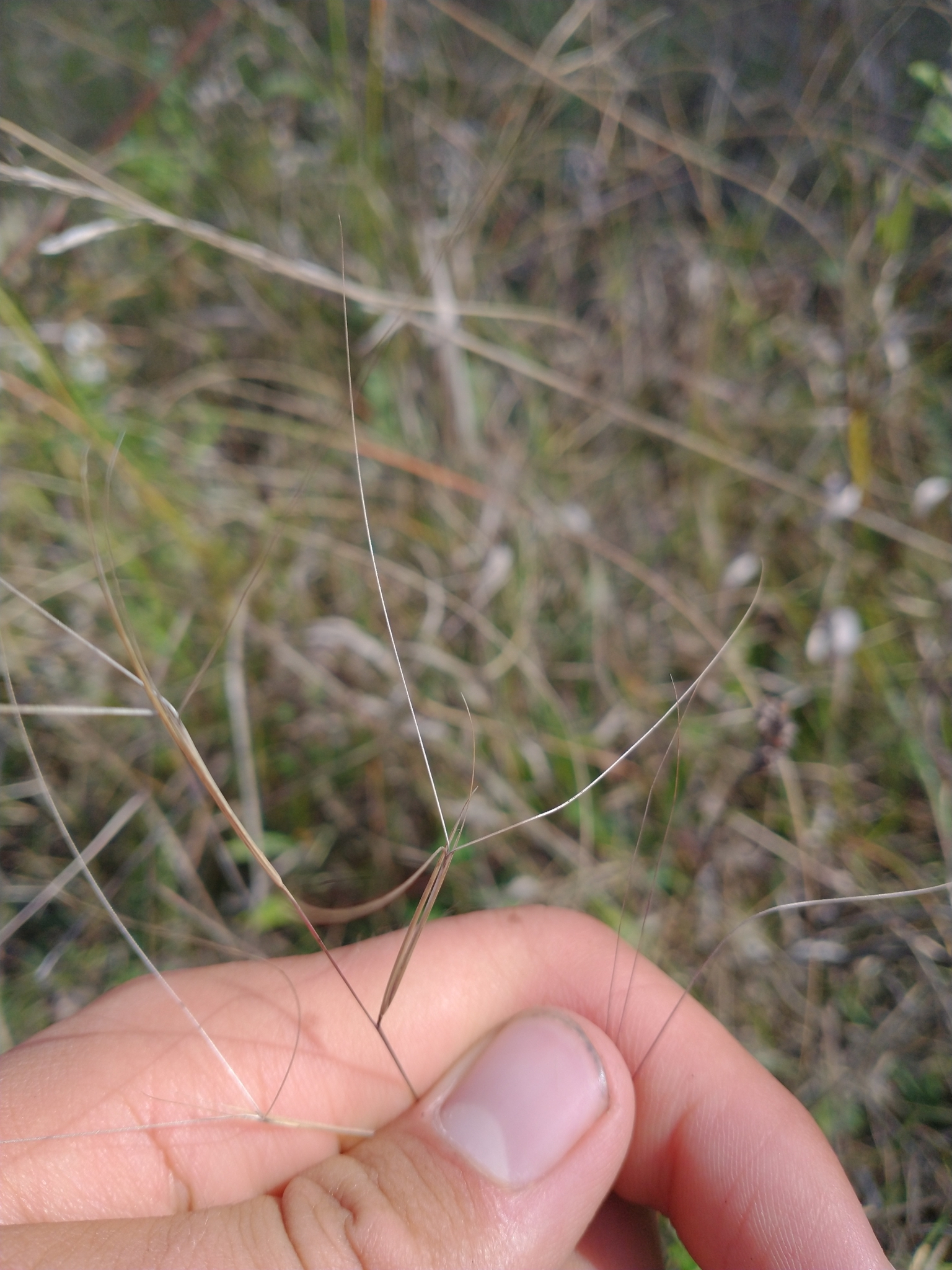
We were also asked by our mentors to collect Sporobolus vaginiflorus, an annual cousin of the familiar prairie dropseed which looks nothing alike. I noticed that there was also a very similar species, Sporobolus neglectus, mixed in with it. Although neglectus makes up a significant portion of the population of these annual Spororboli in barren areas, the land managers were unaware that it was here, showing the lack of attention given to such underappreciated plants. These and some of the species I mention above are slated to be put into a recently disturbed area (a scrape) that is ideal habitat for these early succession annuals. If these species are not put in, the site will likely fill in with non-native annual weeds.
